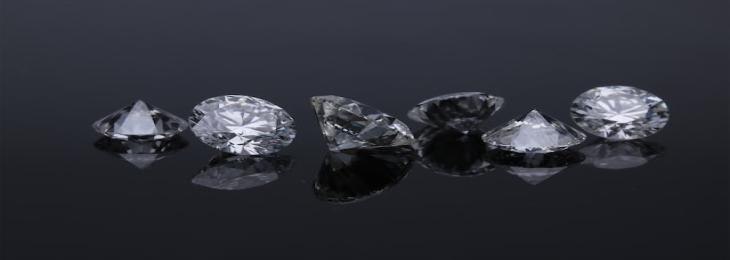Sep, 2022 - By WMR

Researchers have created small diamonds from PET plastic, with the use of a robust X-ray laser simulating the interior of ice planets such as Neptune
Ice giants like Neptune and Uranus have extreme environmental conditions that results into structural transition and peculiar chemistry such as superionic water and precipitation of diamonds. Now a team of scientists from Helmholtz-Zentrum Dresden-Rossendorf (HZDR), the University of Rostock and École Polytechnique in France developed a new technique, with which they converted PET plastic into nanodiamonds, with the use of high-powered x-ray laser. It creates intense heat and pressure that turns the plastic into diamonds that could be found on planets such as Neptune and Uranus, naturally.
Back in 2017, researchers announced the development of a process that recreates extreme conditions found on these planets. They used highly powerful x-ray laser called Linac Coherent Light Source (LCLS) and hydrocarbon materials. In this new study, the same team of researchers used PET, which is a type of plastic found commonly in packaging of drink and food items. This material consists a good balance between hydrogen, oxygen and carbon. Then the team zapped thin-film of PET samples with LCLS and used two different techniques of imaging for checking if the small diamonds are formed and also the speed and size at which they grow. Eventually, the researchers found that these diamonds have 3.87 grams/ cm3 of densities.
Oxygen accelerates the splitting process of hydrogen and carbon and encourages the nanodiamonds formation. According to the scientists, this study boosts the hypothesis regarding diamond rain on planets such as Uranus and Neptune and the technique shows a new potential for manufacturing method of small diamonds that are used in polishing agents, industrial abrasives, and one day, may be in quantum sensors that are highly sensitive.

We will be happy to help you find what you need. Please call us or write to us: